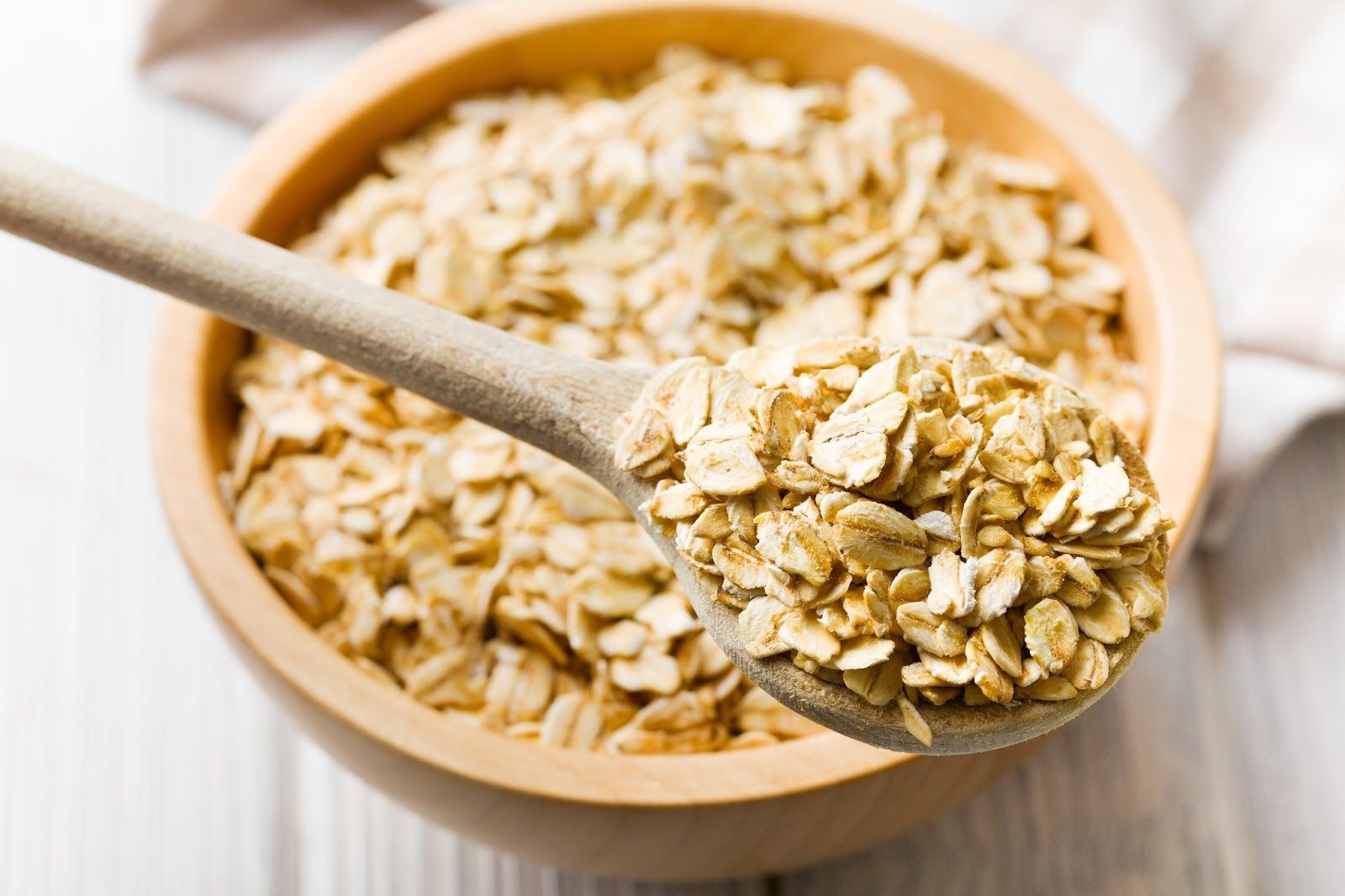Resistant starch is a type of carbohydrate that resists digestion in the small intestine and reaches the colon intact. It acts as a prebiotic, providing nourishment for beneficial bacteria in the gut. Additionally, it offers numerous health benefits, such as improved insulin sensitivity, reduced inflammation, and enhanced digestive health. If you’re looking to incorporate more resistant starch into your diet, here are nine foods that are high in this beneficial nutrient:
1. Oats:
Oats are a fantastic source of resistant starch. Whether you enjoy them as a warm bowl of oatmeal or in the form of overnight oats, you’ll be getting a significant amount of resistant starch. Opt for steel-cut or rolled oats, as they contain more resistant starch compared to instant oats.
2. Rice:
Certain varieties of rice, especially those that have been cooked and then cooled, are rich in resistant starch. When rice is cooked and cooled, the starch undergoes a process called retrogradation, converting it into resistant starch. Examples of rice varieties high in resistant starch include basmati, jasmine, and parboiled rice.
3. Legumes:
Legumes, such as beans, lentils, and chickpeas, are excellent sources of resistant starch. These fiber-rich foods provide a substantial amount of resistant starch, particularly when they are cooked and then cooled. Including legumes in your diet not only boosts your resistant starch intake but also provides you with a variety of essential nutrients.
4. Green Bananas:
Green or unripe bananas contain a high amount of resistant starch. As bananas ripen, the starch content converts into simple sugars, making them sweeter and more easily digestible. Including green bananas in your diet, whether in smoothies or as a cooking ingredient, can be an excellent way to increase your resistant starch consumption.
5. Potatoes:
Potatoes, especially when cooked and then cooled, are a good source of resistant starch. This versatile vegetable can be prepared in various ways, such as boiled, roasted, or mashed. To maximize resistant starch content, allow cooked potatoes to cool before consuming or use them in salads.
6. Corn:
Corn is another food that contains resistant starch. When consumed in its whole form, such as fresh corn or popcorn, it provides a good amount of resistant starch. Incorporate corn into your diet by enjoying grilled corn on the cob or air-popped popcorn as a healthy snack.
7. Whole Grains:
Several whole grains are high in resistant starch, including barley, quinoa, and bulgur. These grains are not only rich in fiber but also provide a good amount of resistant starch. Choose whole grain products, such as bread, pasta, and cereals, to increase your intake of resistant starch.
8. Seeds:
Certain seeds, such as flaxseeds and chia seeds, are known to contain resistant starch. In addition to their resistant starch content, seeds are also packed with healthy fats and fiber. Sprinkle seeds onto your yogurt, salads, or smoothies to enjoy their nutritional benefits.
9. Cooked and Cooled Pasta:
Similar to rice, pasta that has been cooked and then cooled is higher in resistant starch. This is due to the starch retrogradation process that occurs when pasta is cooled. Incorporate cooked and cooled pasta into your meals, such as pasta salads or cold pasta dishes, to increase your resistant starch intake.
In conclusion, incorporating foods high in resistant starch into your diet can provide numerous health benefits. From oats and rice to legumes and green bananas, there are many delicious options to choose from. Experiment with different cooking methods and recipes to make these resistant starch-rich foods a regular part of your meals. Remember, it’s always best to consult with a healthcare professional or registered dietitian before making significant changes to your diet.

